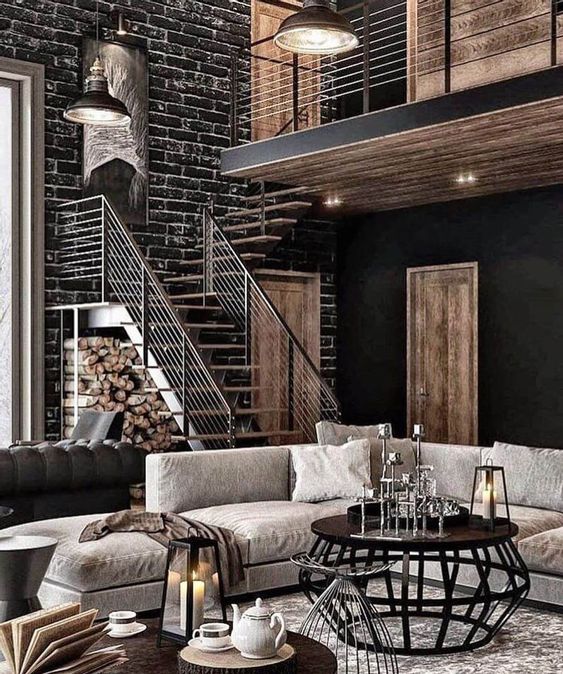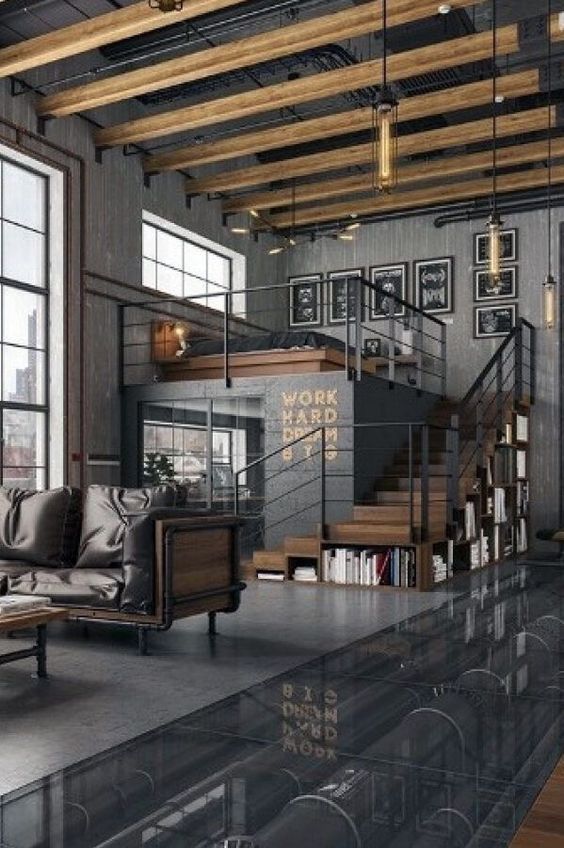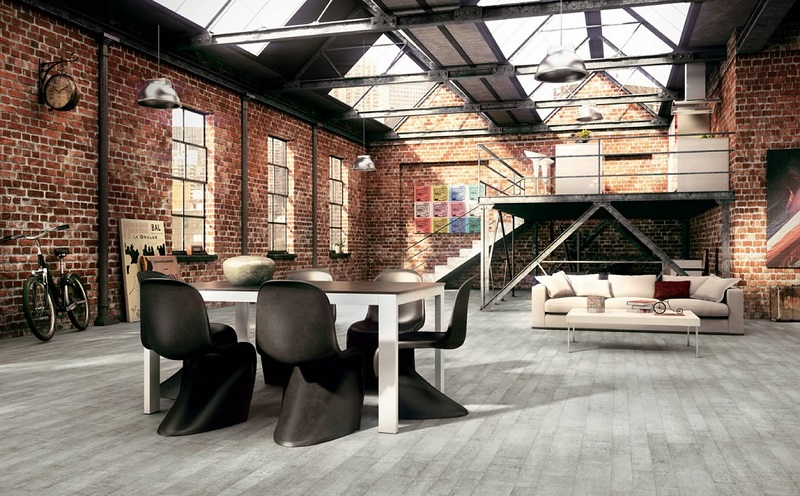Queenangelo.com – The clean lines and contemporary aesthetic of industrial home design can be just what you need. Certain styles, such as the California ranch or Mission look, are especially suited to the industrial styling. Industrial furniture is often less expensive than furniture for a commercial industrial building since there aren’t many custom finishes or customization options available. Some of the biggest hallmarks of industrial home interior design are exposed or colored brick walls, light metal and wood furniture, and sturdy, solid materials such as plumbing. Solid wood furniture is typically sleek and understated; however, it can be customized with a variety of stain and finish options. Furniture is also typically less expensive than furniture for a commercial industrial building.
Industrial Design by Incorporating New Trends
One trend taking place in industrial design is the replacement of open plan living areas with lofts, or one room, offices, or storage units built into the industrial home. Lofts combine several distinct elements into a single space, providing open floor plans and often better acoustics than conventional industrial architecture. The loft is also a perfect place to incorporate the latest trends, including modern chic, metallic finishes, and natural light.
To create the industrial home, contractors might suggest the incorporation of large, low-skull “portholes” and exposed brick or stone walls that provide views out on the street, or onto the skyline. Other ideas include using tall windows, like those in old factories, to provide natural light and maximize natural daylight throughout the day. For industrial home lighting fixtures, the most popular choices include large, low-profile light fixtures that add a warm glow to dark corners, or fixtures that incorporate the use of stained glass, copper, or brass in high-lighting particular spaces.

To create a comfortable industrial-style atmosphere, homeowners may want to consider incorporating an atrium. In an atrium, the floor can be raised up, creating an extra-large ceiling and a more open floor plan. The added feature of an atrium can be incorporated into the overall layout by providing large windows, creating an abundance of natural light, and by providing dining space below the second-floor level. The addition of a large dining area can also provide additional revenue from restaurants, allowing workers to eat lunch while on the job.
Choosing the Right Industrial Home Decoration
When choosing the industrial home decor, the decorator should keep in mind the focus of the project, which is efficiency. Because the focus of this room is efficiency, the industrial style will require clean lines, simple furnishings, and neutral tones. The furniture chosen for this room should provide plenty of storage options, be it under-cabinet shelving, overhead cabinets, or shelving positioned in the hallway. Furniture should be carefully selected to match the interior coloring and textures. Neutral tones are preferable, as this allows the room to breathe without making too much of an impact on the home’s appearance.

When considering decorating options for the living room, it is important to remember that the goal is to create a warm and inviting environment. To achieve this, homeowners should take advantage of their low ceilings and add as many storage options as possible. Many homes have high ceilings, which can make rooms feel cramped and cold. In contrast, true industrial designs place emphasis on open floor plans and high ceilings. By adding as much shelving as possible, homeowners can create more working space and remove the need for overhead cabinets. Lowered ceilings may also allow more room for air conditioning and heating ducts.
Popular Color Choices Vintage Industrial Design
Gray is often associated with vintage industrial designs, because it tends to be monochromatic and flat. However, there are several other colors that are appropriate for decorating a home based on its industrial purpose. Gray and black are popular choices, as they create an air of mystery and industrial power. Gray glass, black and white rough textured wallpaper and a gray or brown upholstered dinette set are additional great choices for decorating a true industrial setting. Glass shelving in various colors is also another option for maximizing storage potential.

Because industrial settings were designed to be fast and efficient, it is not surprising that home decor styles should be designed around these types of features. Flat panel televisions and refrigerator freezers are common in these spaces, and wall units are often made of stainless steel or black metal. By installing sturdy lighting and adequate cooling ductwork, home owners can create a comfortable and productive work environment. Rustic kitchen tables and bar stools, colorful paint and distressed wood are other popular elements of true industrial design. These elements add a sense of adventure and personalization to the home, making it a relaxing escape from the stressors of life.

Leave a Reply